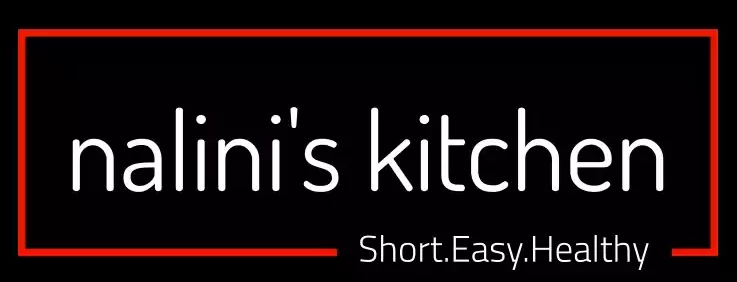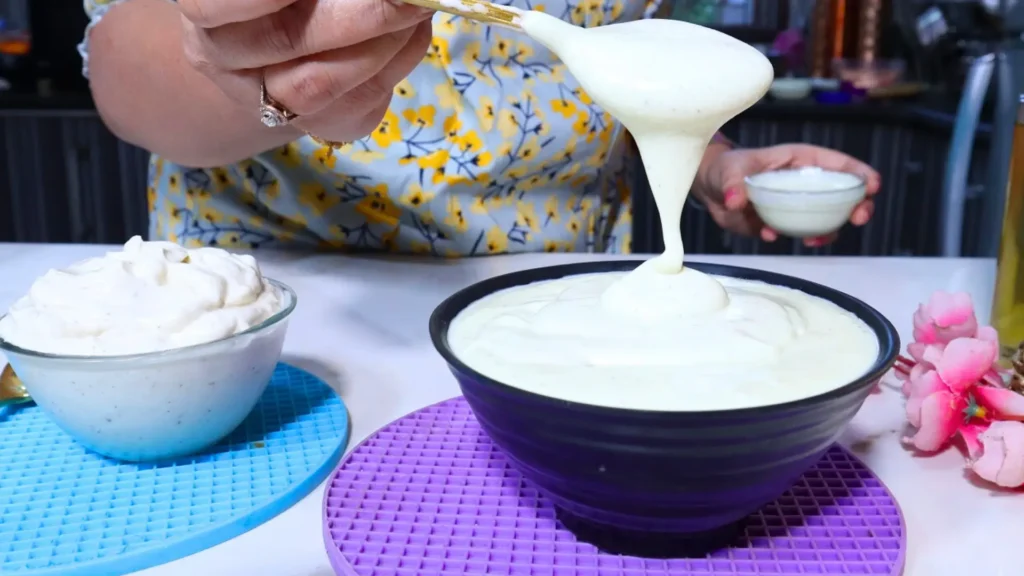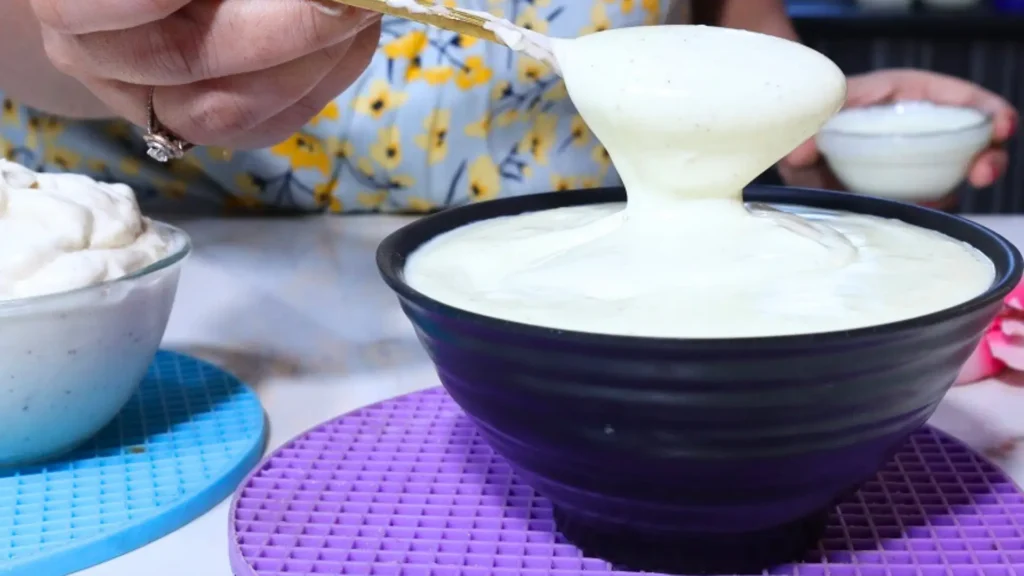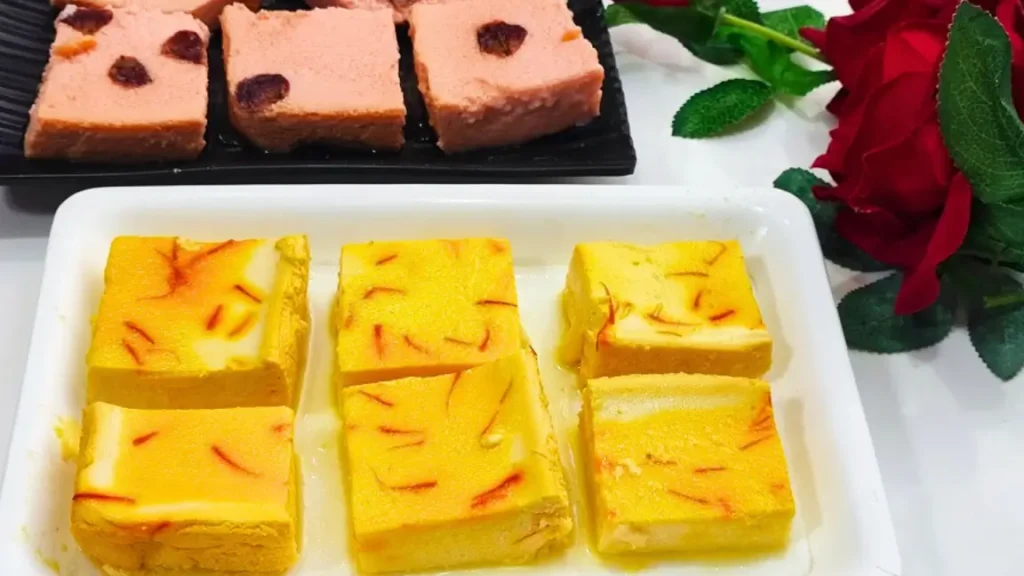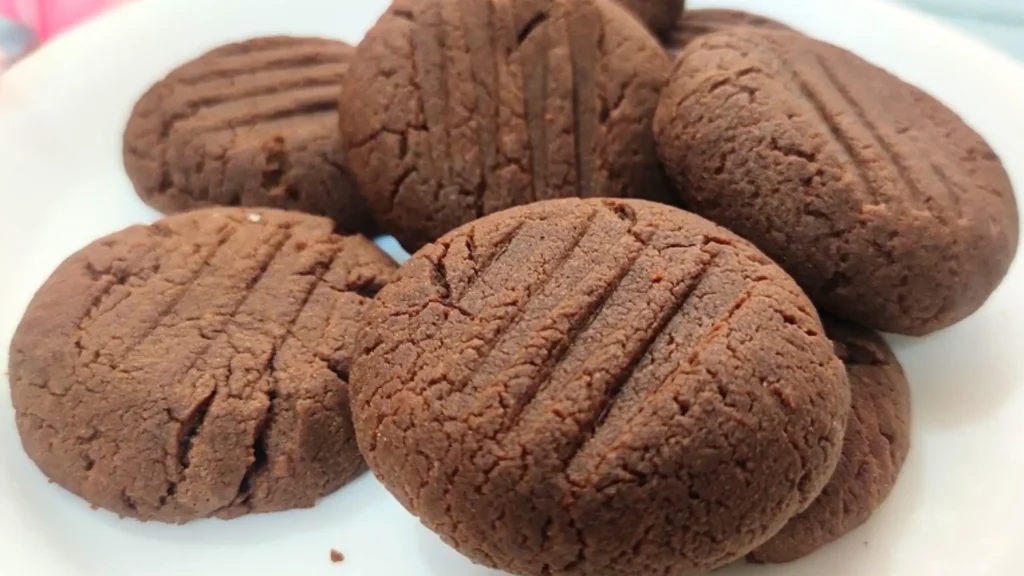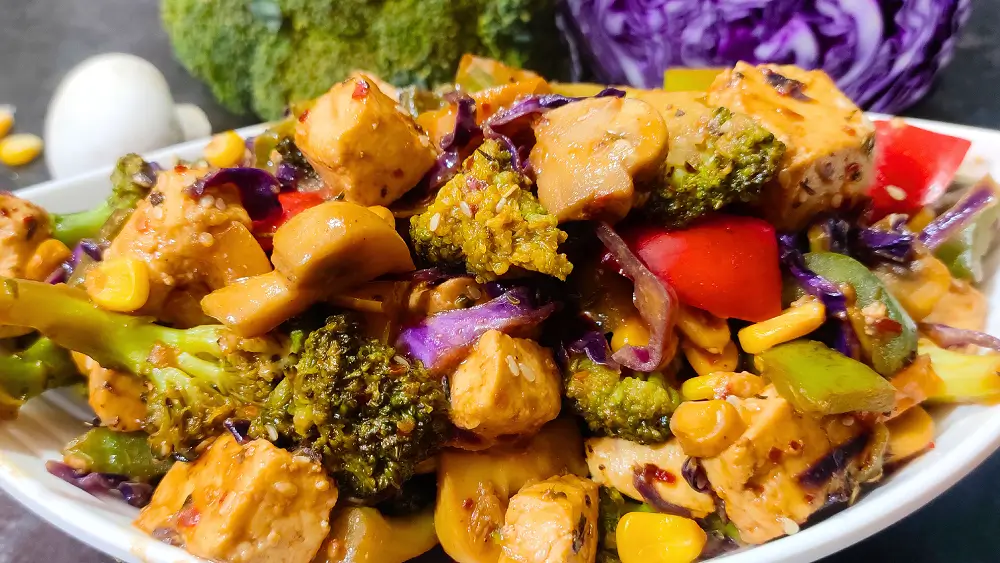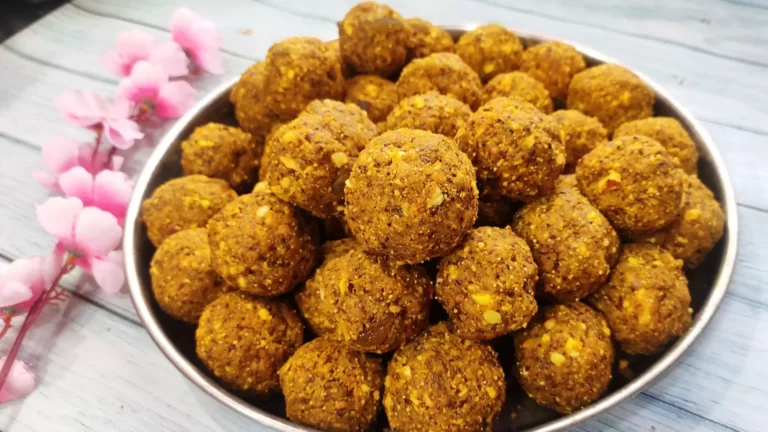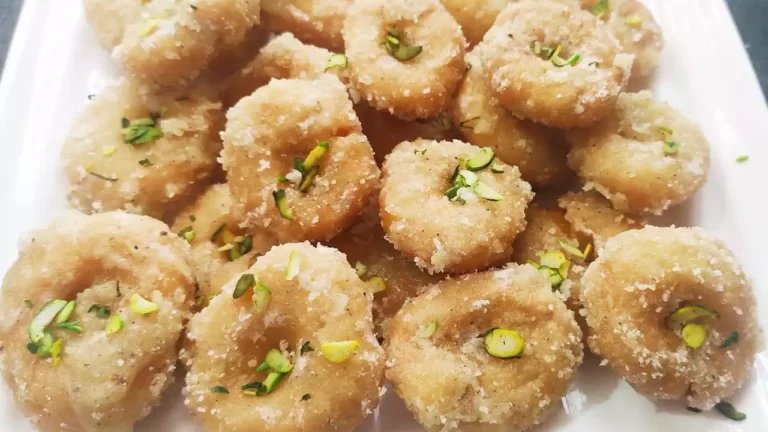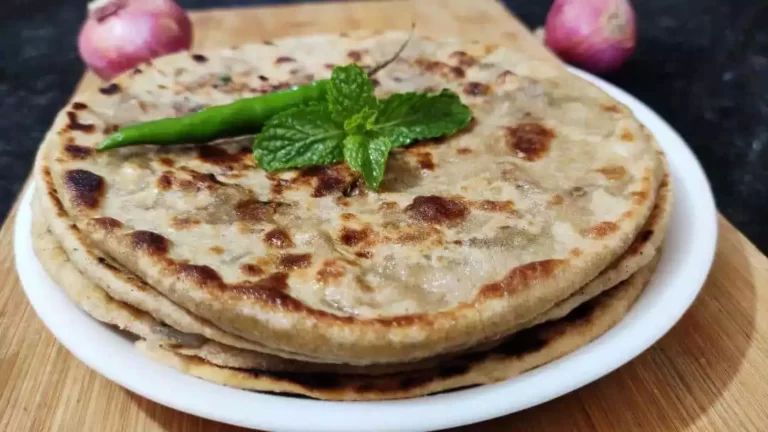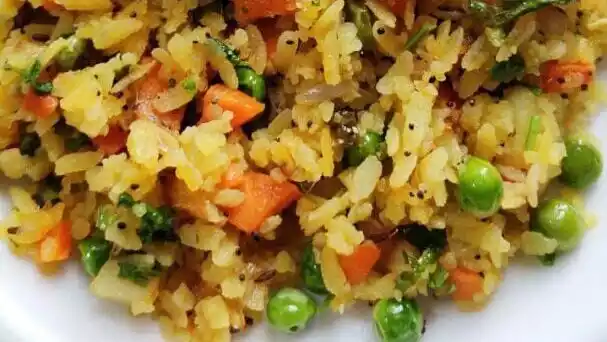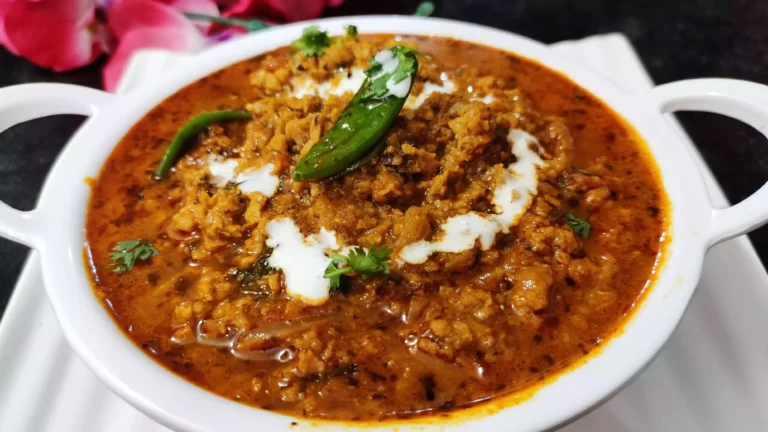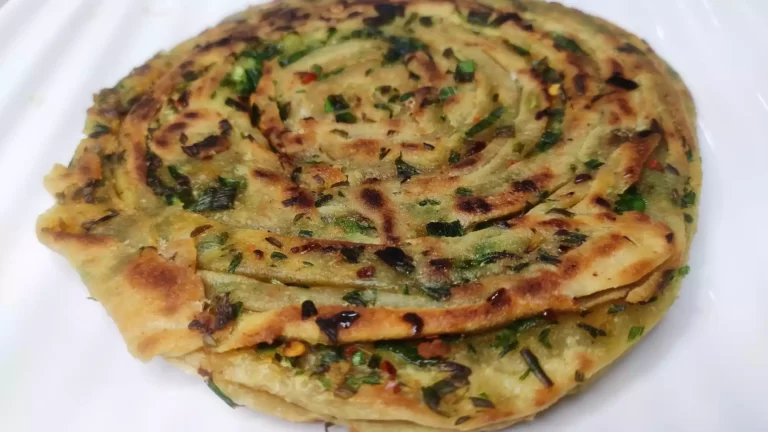In the culinary world, homemade condiments hold a special place for their ability to elevate the simplest dishes to gourmet status. Among these, mayonnaise (mayo) is a standout for its creamy texture and versatility. Making mayo from scratch not only allows you to customize flavors to suit your palate but also offers a fresher and often healthier alternative to store-bought versions.
The Basics of Mayonnaise
At its core, mayo is an emulsion—a combination of ingredients that typically don’t mix. The traditional method involves slowly beating oil into egg yolks. However, our recipe takes a simpler, eggless approach using oil, chilled milk, vinegar, sugar, salt, and optional black pepper. This method not only simplifies the process but also caters to those who avoid eggs due to allergies or dietary preferences.
Why Make Your Own Mayonnaise?
One might wonder, with the plethora of mayonnaise varieties available in stores, why go through the effort of making it at home? The answer lies in control—control over ingredients, flavors, and even the texture. Homemade mayois devoid of preservatives and artificial flavorings, giving you a clean, wholesome product. Moreover, the satisfaction of whipping up your own batch is unmatched.
Step-by-Step Recipe: Basic Homemade Mayonnaise
Here’s a simple guide to making your base mayo:
- Preparation: Gather your ingredients—1 cup of oil, ¼ cup of chilled milk, 1 tablespoon of vinegar, 1 teaspoon each of sugar, black pepper (optional), and salt.
- Mixing: In the smaller jar of a mixer grinder, add the chilled milk. Begin to add the oil gradually—start with a third of the total amount.
- Adding Flavors: Incorporate the salt, black pepper, and sugar along with the vinegar into the jar.
- Blending: Start the grinder at medium speed for about 12 seconds. After this initial blend, add another third of the oil and blend for another 12 seconds. Add the final third, blend for 12-15 seconds. If a thicker consistency is desired, blend for an additional 5 seconds. Remember, the mixture will thicken further once refrigerated.
- Storage: Transfer the mayo to an airtight container and refrigerate. This mayo can be stored for a considerable period as long as it remains refrigerated.
Customizing Your Mayonnaise: Three Gourmet Flavors
Once you have your basic mayonnaise, it’s time to infuse it with flavors:
- Piri Piri Mayonnaise: Take a portion of the basic mayo and stir in 1 teaspoon of Piri Piri seasoning. This flavor is perfect for those who enjoy a spicy kick.
- Chili Flakes Mayonnaise: For a rustic, spicy flavor, mix 1 teaspoon of chili flakes into another portion of mayo.
- Mixed Herb Mayonnaise: For a more aromatic version, add 1 teaspoon of mixed dried herbs to a separate batch of the mayo
The Versatility of Homemade Mayonnaise
Homemade mayo can be used in numerous ways—spread on sandwiches, as a base for dips, or as a dressing for salads. Each flavored mayo can bring a new dimension to your dishes, making everyday meals more interesting and flavorful.
Frequently Asked Questions
Can I make mayonnaise without a mixer grinder?
Yes, you can use a regular blender or even whisk it by hand, though it might require more effort and time to achieve the right emulsion.
How long can homemade mayonnaise be stored?
When kept refrigerated in an airtight container, homemade mayo can last for up to a week, ensuring it’s made with fresh and good quality ingredients.
Final Thoughts
Making mayonnaise at home is a
simple and rewarding endeavor that not only adds a personal touch to your meals but also gives you control over what you’re eating. By following these steps, you can create a condiment that is not only delicious and versatile but also tailored to your taste preferences. Whether you’re looking to spice up a burger with Piri Piri mayonnaise, add a zesty touch to your sandwiches with Chili Flakes mayonnaise, or give a herby twist to your salads with Mixed Herb mayonnaise, the possibilities are endless.
Homemade mayonnaise transforms the ordinary into the extraordinary, making it a staple in your culinary repertoire. So why not give it a try and see how these simple ingredients can come together to create something truly special? Your taste buds will thank you!
Tips for Perfect Mayonnaise Every Time
- Quality of Ingredients: Always use the freshest ingredients available. The quality of oil and milk can significantly affect the taste and texture of your mayonnaise.
- Oil Addition: Add the oil slowly to ensure it emulsifies properly with the milk. A gradual addition helps prevent the mixture from separating.
- Consistency Adjustments: If your mayonnaise is too thick, you can thin it by whisking in a little more milk. If it’s too runny, continue blending for a few more seconds.
Why Customize Your Mayonnaise?
Customizing your mayonnaise not only allows you to create unique flavors that aren’t available in stores but also helps you adjust the ingredients to meet dietary preferences or restrictions. Whether you’re avoiding certain additives, need a lower sodium option, or simply want a new flavor, homemade mayonnaise is the perfect solution.
Using Your Flavored Mayonnaise
Flavored mayo can elevate many dishes. Here are a few ideas:
- Piri Piri Mayo: Excellent for grilled chicken sandwiches or as a spicy dip for fried foods.
- Chili Flakes Mayo: Perfect for a kick in tuna salads or as a spicy spread for wraps.
- Mixed Herb Mayo: Great as a dressing for potato salads or as a dip for fresh vegetables.
Breakdown of Ingredients:
- Oil (1 cup): Predominantly contributes to the fat content, with mostly unsaturated fats depending on the type of oil used (e.g., olive, canola).
- Chilled milk (1/4 cup): Adds a minimal amount of sugar, protein, and saturated fat.
- Vinegar, sugar, and seasonings: Contribute negligible calories, carbohydrates, and sodium.
Notes:
- Oil Selection: The type of oil used will affect the unsaturated vs. saturated fat ratio. Olive oil, for instance, is high in monounsaturated fats, whereas sunflower oil contains more polyunsaturated fats.
- No Egg: Traditional mayo recipes include egg yolk, which would contribute additional protein and cholesterol. This recipe is egg-free, hence the zero cholesterol content.
- Additives: The flavors added (Piri Piri, chili flakes, mixed herbs) are minimal in quantity and do not significantly alter the nutritional content, primarily contributing to taste and trace amounts of sodium.
This homemade mayo recipe provides a simple and healthier alternative to store-bought options, allowing for customization with three different flavors: Piri Piri, Chili Flakes, and Mixed Herbs. Using just a few common ingredients like oil, chilled milk, vinegar, sugar, and salt, this eggless mayo can be easily made in a mixer grinder. The process involves blending the ingredients in stages to achieve a creamy emulsion.
The resulting mayo is versatile, free from preservatives, and can be stored in the refrigerator for an extended period. Nutritional estimates per tablespoon suggest it is high in fats (mostly unsaturated), with minimal carbs, sugars, and proteins, and no cholesterol, making it suitable for those avoiding eggs. This recipe is not only cost-effective but also a delightful way to enhance the flavor of various dishes.


